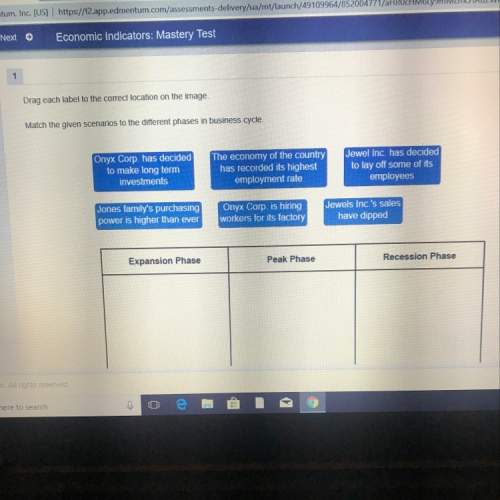
Business, 14.06.2021 15:10 divaughn1906
Two years ago, prior to a major capital-budgeting decision (see Case 4), Robert Burns, the president of Greetings Inc., faced a challenging transfer pricing issue. He knew that Greetings store managers had heard about the ABC study (see Case 2) and that they knew a price increase for framed items would soon be on the way. In an effort to dissuade him from increasing the transfer price for framed prints, several store managers e-mailed him with detailed analyses showing how framed-print sales had given stores a strong competitive position and had increased revenues and profits. The store managers mentioned, however, that while they were opposed to an increase in the cost of framed prints, they were looking forward to a price decrease for unframed prints.
Management at Wall Décor was very interested in changing the transfer pricing strategy. You had reported to them that setting the transfer price based on the product costs calculated by using traditional overhead allocation measures had been a major contributing factor to its non-optimal performance.
Here is a brief recap of what happened during your presentation to Mr. Burns and the Wall Décor managers. Mr. Burns smiled during your presentation and graciously acknowledged your excellent activity-based costing (ABC) study and analysis. He even nodded with approval as you offered the following suggestions.
1. Wall Décor should decrease the transfer price for high-volume, simple print items.
2. Wall Décor should increase the transfer price for low-volume, complex framed print items.
3. Your analysis points to a transfer price that maintains the 20% markup over cost.
4. Adoption of these changes will provide Wall Décor with an 11% return on investment (ROI), beating the required 10% expected by Greetings' board of directors.
5. Despite the objections of the store managers, the Greetings stores must accept the price changes.

Answers: 1
Another question on Business

Business, 22.06.2019 04:00
Burberry is pursuing a focused differentiation strategy aimed at high-end luxury customers. however, the company is also employing a segmentation strategy to separate customers within that focus. the strategy offers items at an entry-level price point for customers who desire to be like celebrities such as sarah jessica parker as well as couture items for those richest and celebrity customers. what strategy is burberry pursuing?
Answers: 3

Business, 22.06.2019 12:00
Which of the following is one of the advantages primarily associated with a performance appraisal? (a) it protects employees against discrimination on the basis of race. (b) it motivates employees to work on their shortcomings. (c) it encourages employees to play the role of the whistle-blower. (d) it accurately measures the resources of the firm.
Answers: 2


Business, 22.06.2019 16:30
Why are there so many types of diversion programs for juveniles
Answers: 2
You know the right answer?
Two years ago, prior to a major capital-budgeting decision (see Case 4), Robert Burns, the president...
Questions

Health, 25.11.2020 14:00



History, 25.11.2020 14:00


Mathematics, 25.11.2020 14:00


Mathematics, 25.11.2020 14:00

Mathematics, 25.11.2020 14:00

Biology, 25.11.2020 14:00









Mathematics, 25.11.2020 14:00




